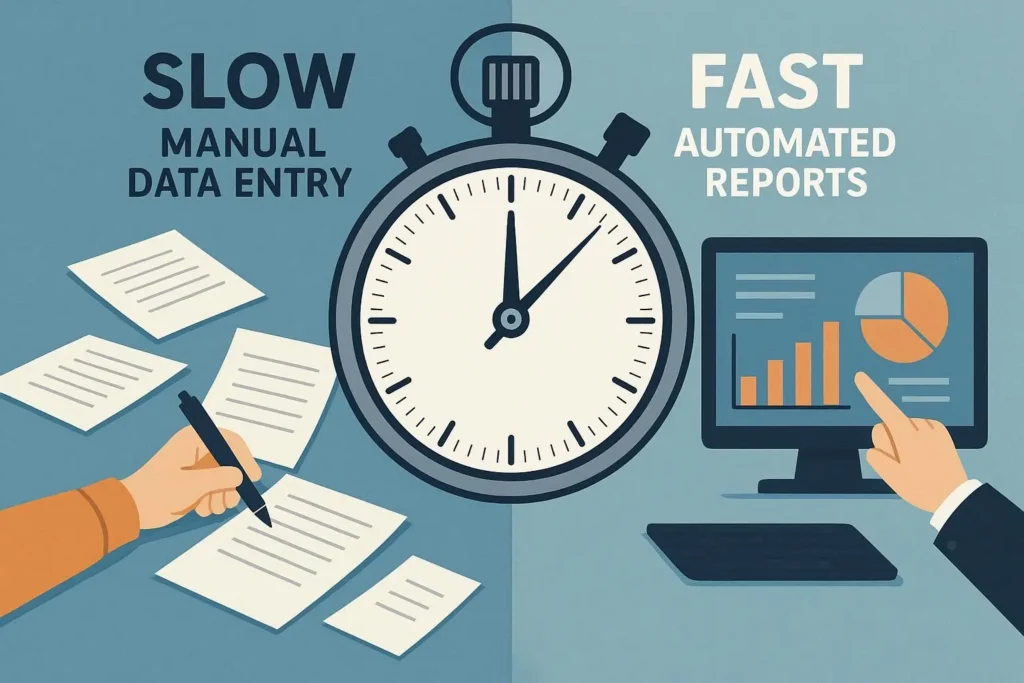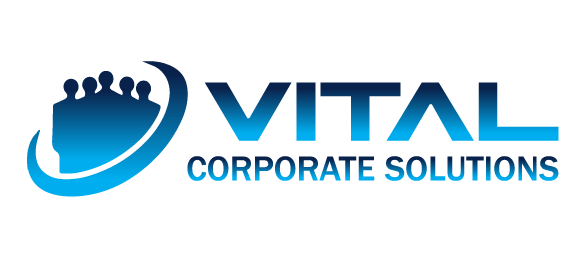Automated Bookkeeping vs Manual Bookkeeping: Choosing the Right Fit for Your Business
From traditional ledgers to automated systems, uncover the more innovative way to manage your books
Bookkeeping has always been at the heart of business success. In Australia, businesses are increasingly shifting from manual bookkeeping practices to automated systems, seeking speed, accuracy, and scalability. But is automation always the right choice? Let’s break down both approaches to help you make an informed decision.
What is Manual Bookkeeping?
Manual bookkeeping involves recording financial transactions by hand using physical ledgers, spreadsheets, or journals. It’s a traditional method that requires significant time and attention to detail. While some small businesses still use it for simplicity, it can be prone to errors and inefficiencies.

What is Automated Bookkeeping?
Automated bookkeeping leverages software like Xero, QuickBooks Online, or MYOB to record, track, and manage financial data. It reduces human error, speeds up processes, and provides real-time insights for better decision-making.
Automated Bookkeeping vs Manual Bookkeeping: Key Differences
Speed & Efficiency:
Manual: Time-consuming, especially with larger transaction volumes.
Automated: Quick data entry and instant reporting.
Cost Implications:
Manual: Lower upfront cost but higher long-term labor expenses.
Automated: Software costs, but reduced staffing needs.
Accuracy & Error Reduction:
Manual: Prone to human errors and duplication.
Automated: Built-in checks reduce mistakes significantly.
Real-Time Reporting and Insights:
Manual: Delayed reporting, limited insights.
Automated: Instant dashboards and financial forecasting.

Why Australian CPA Firms Prefer Automated Bookkeeping?
Most CPA firms in Australia are adopting automated bookkeeping to save time, improve accuracy, and meet client demands for faster results. Automation also allows firms to focus on advisory services rather than manual data entry.

Automated Bookkeeping vs Manual Bookkeeping in a CPA Firm
While manual methods may still be used for very small clients, CPA firms prefer automation for efficiency, compliance, and scalability.
Transitioning from Manual to Automated Bookkeeping
Step 1: Planning and Assessment
Evaluate current processes and business needs.
Step 2: Software Selection:
Choose platforms like Xero, QuickBooks, or MYOB that align with your requirements.
Step 3: Employee Training and Change Management
Prepare staff to adapt to the new system.
Step 4: Data Migration:
Carefully transfer past financial records into the software.
Step 5: Monitoring and Continuous Improvement:
Regularly update processes and ensure compliance.
Future of Bookkeeping in Australia
The future is digital. With AI, cloud accounting, and automation, bookkeeping is becoming faster, more secure, and integrated with advanced analytics.
Factors to Consider When Choosing Between Automated Bookkeeping and Manual Accounting
Size of your business
Transaction volume
Budget for software
Compliance requirements
Growth goals
Final Thought!
Both manual and automated bookkeeping have their place. However, with the increasing complexity of Australian tax compliance and financial reporting, automated bookkeeping is fast becoming the preferred choice for CPA firms and growing businesses.
When comparing bookkeeping methods, it’s important to understand the broader role they play in modern accounting. According to the CPA Australia guide on bookkeeping and accounting (DoFollow), automated systems are increasingly favored for accuracy and scalability. At VitalCS, we also explore these shifts in our detailed insights on Cloud Accounting in Australia and Difference Between Bookkeeping and Accounting, helping Australian businesses make the right financial decisions.for more visit vitalcs.net

